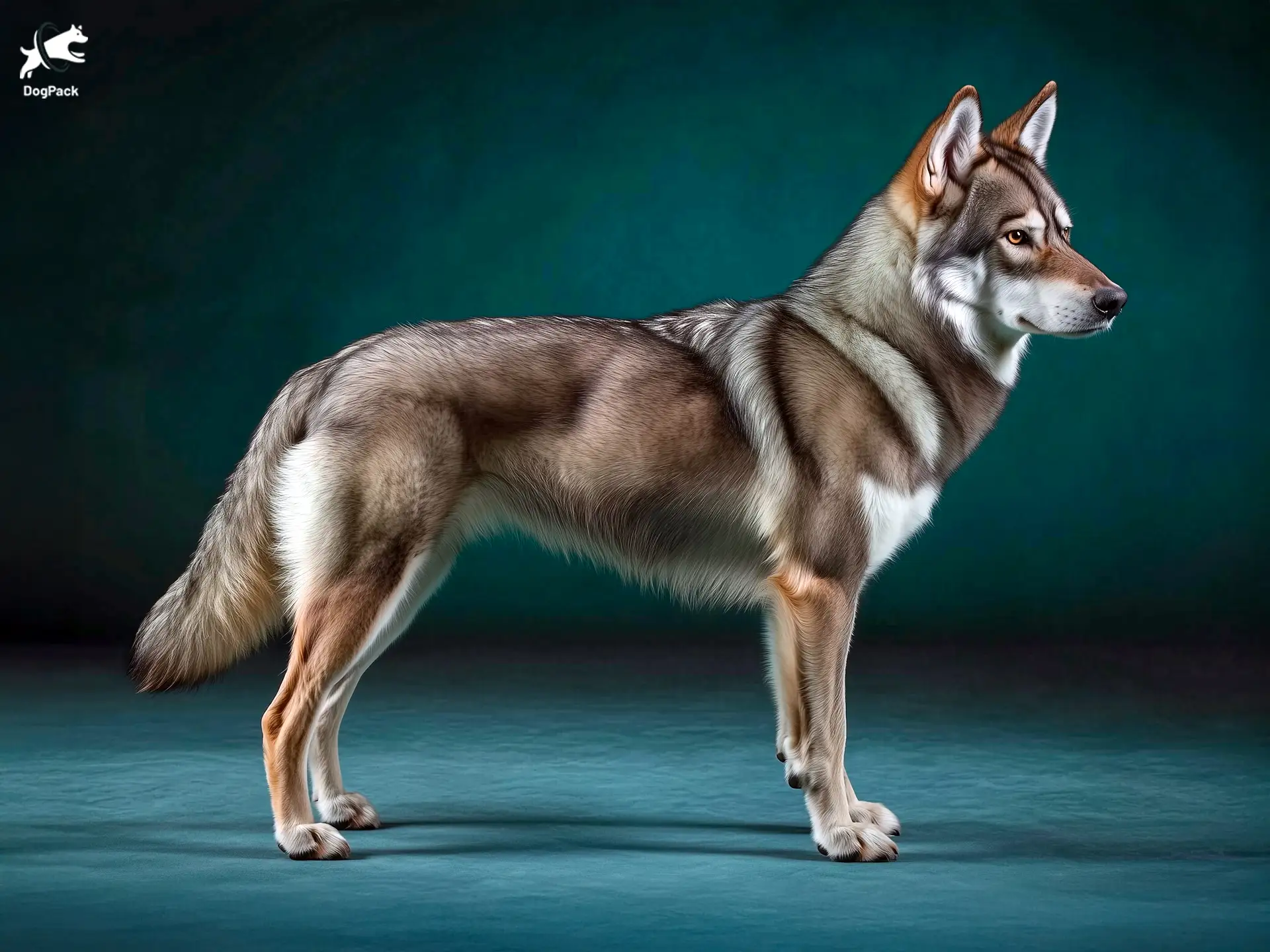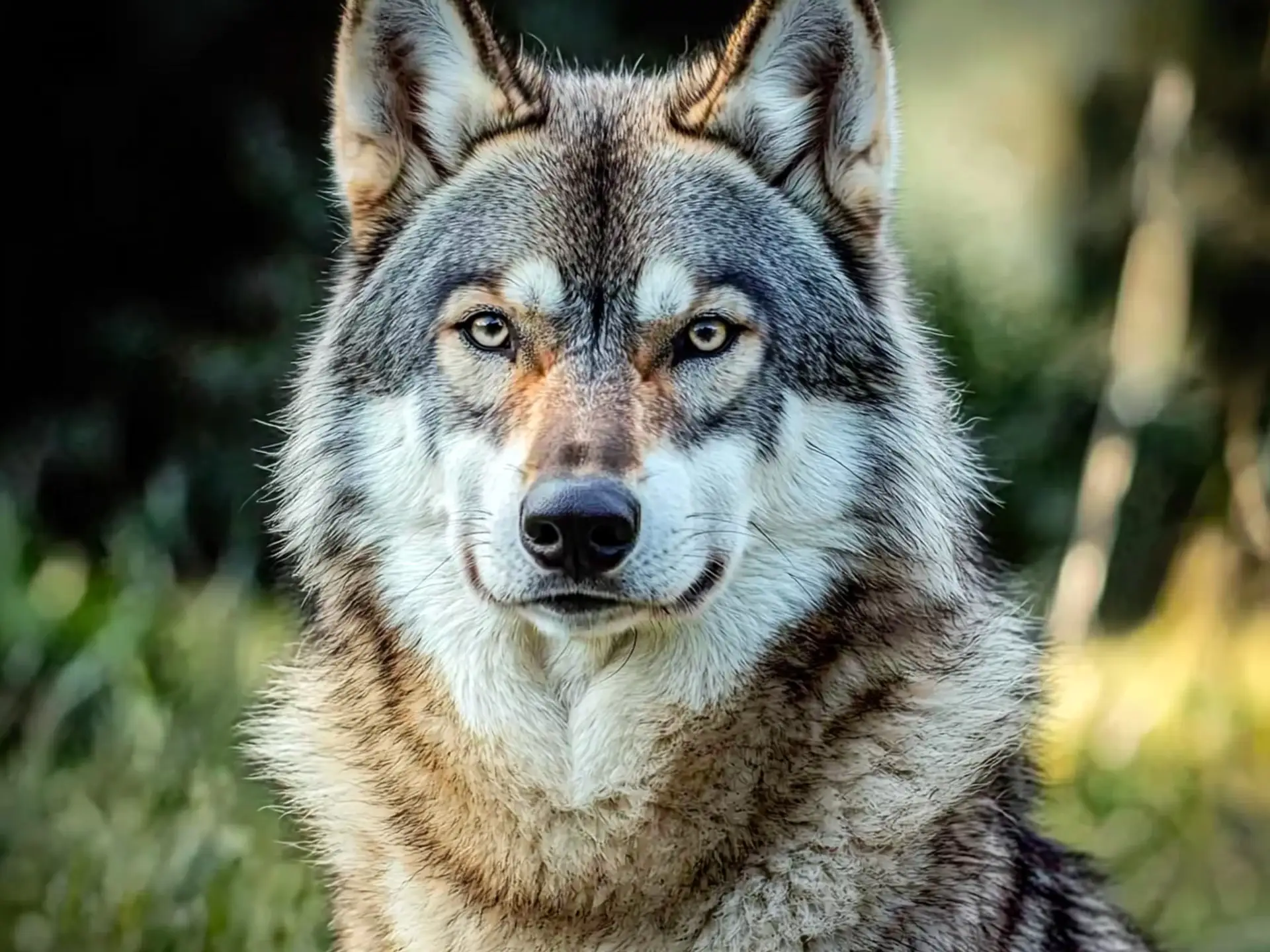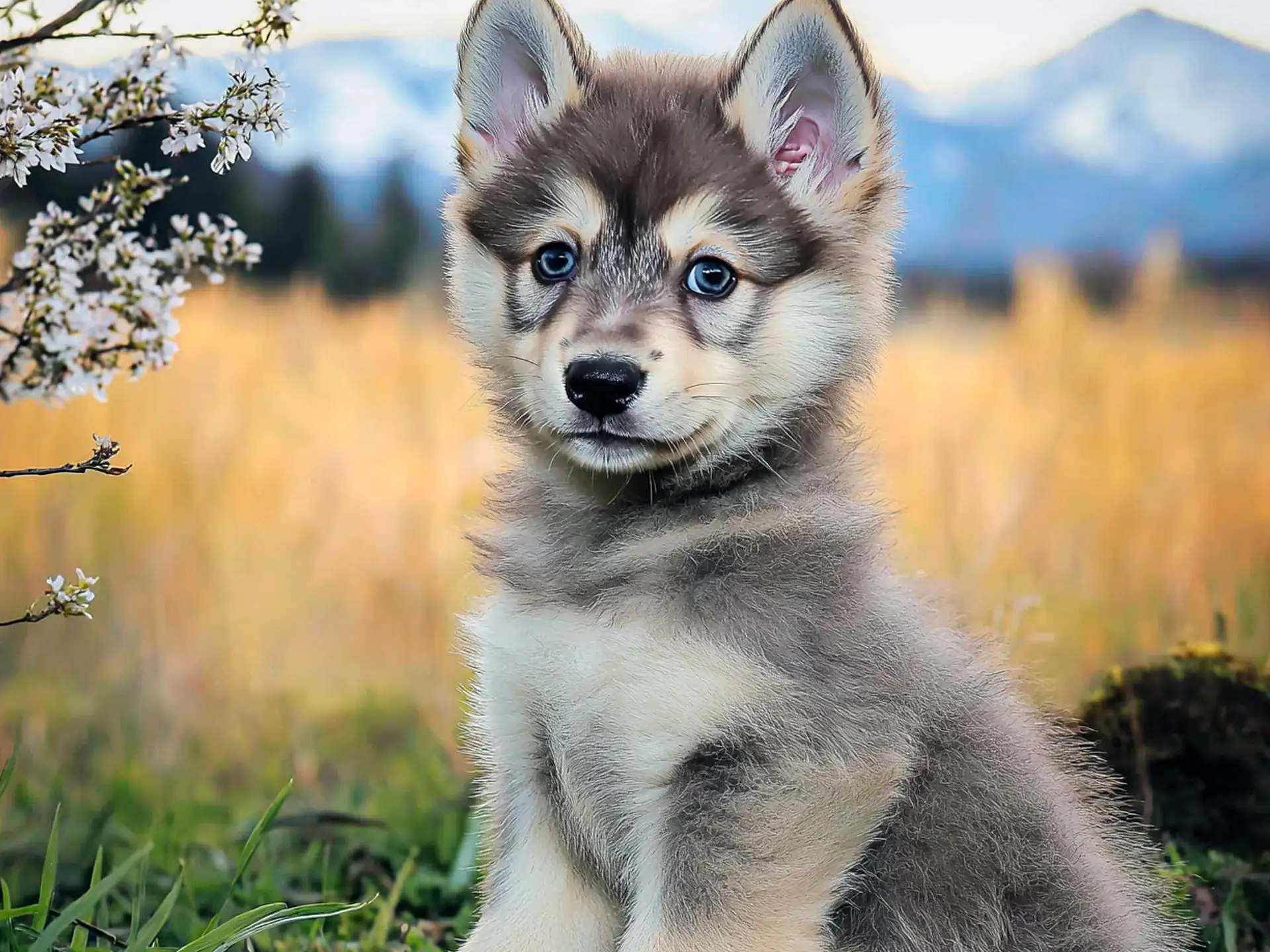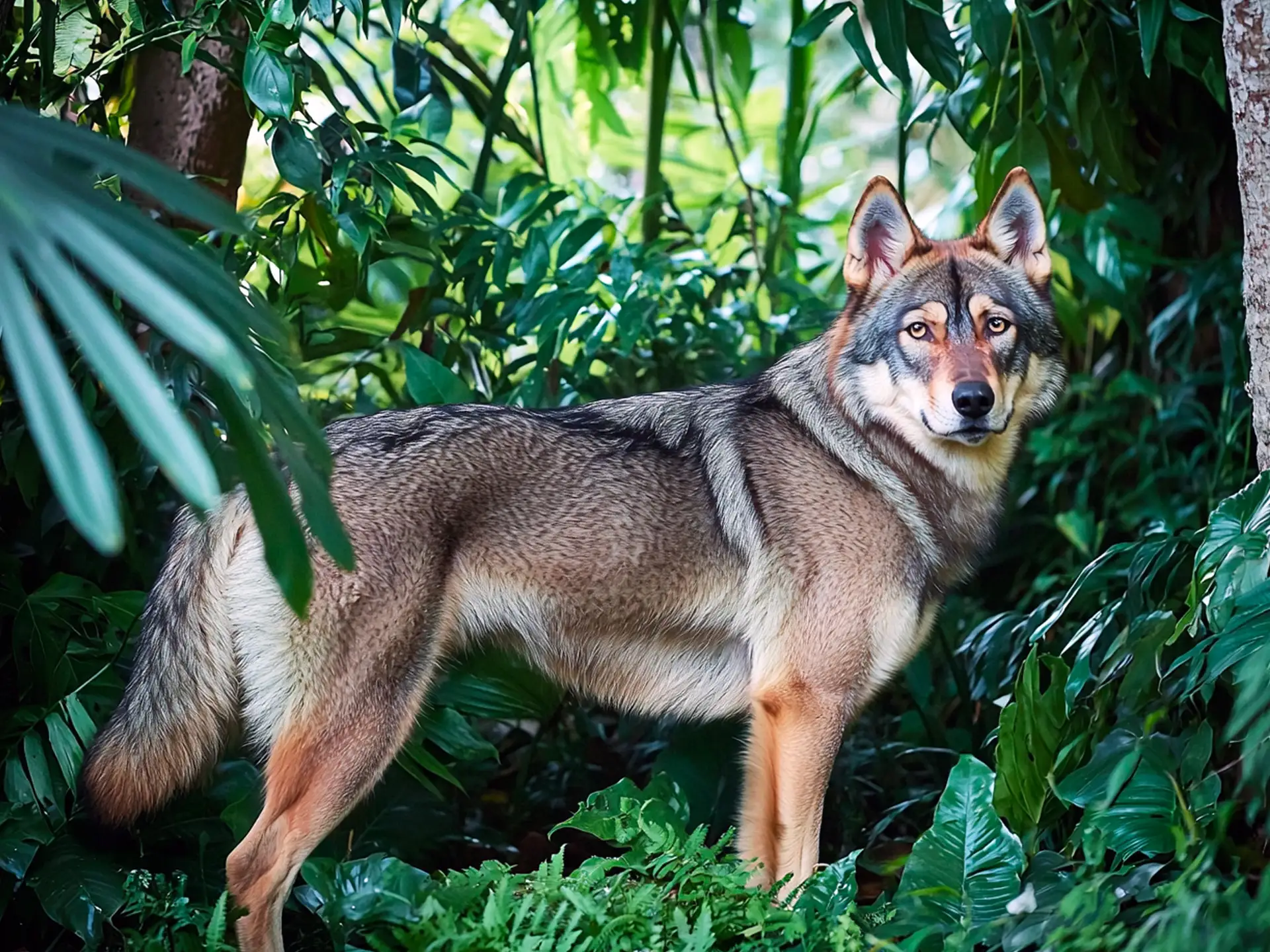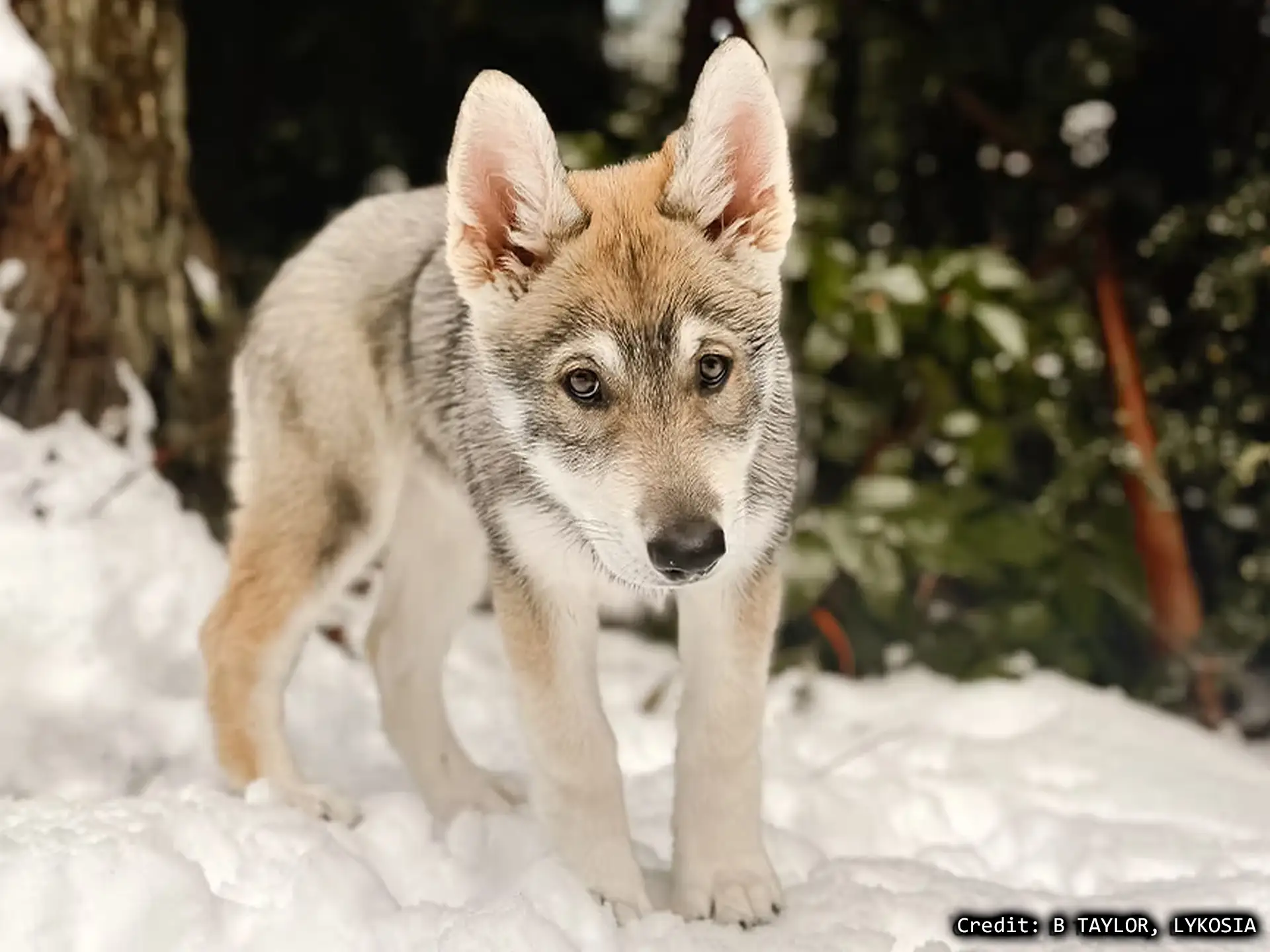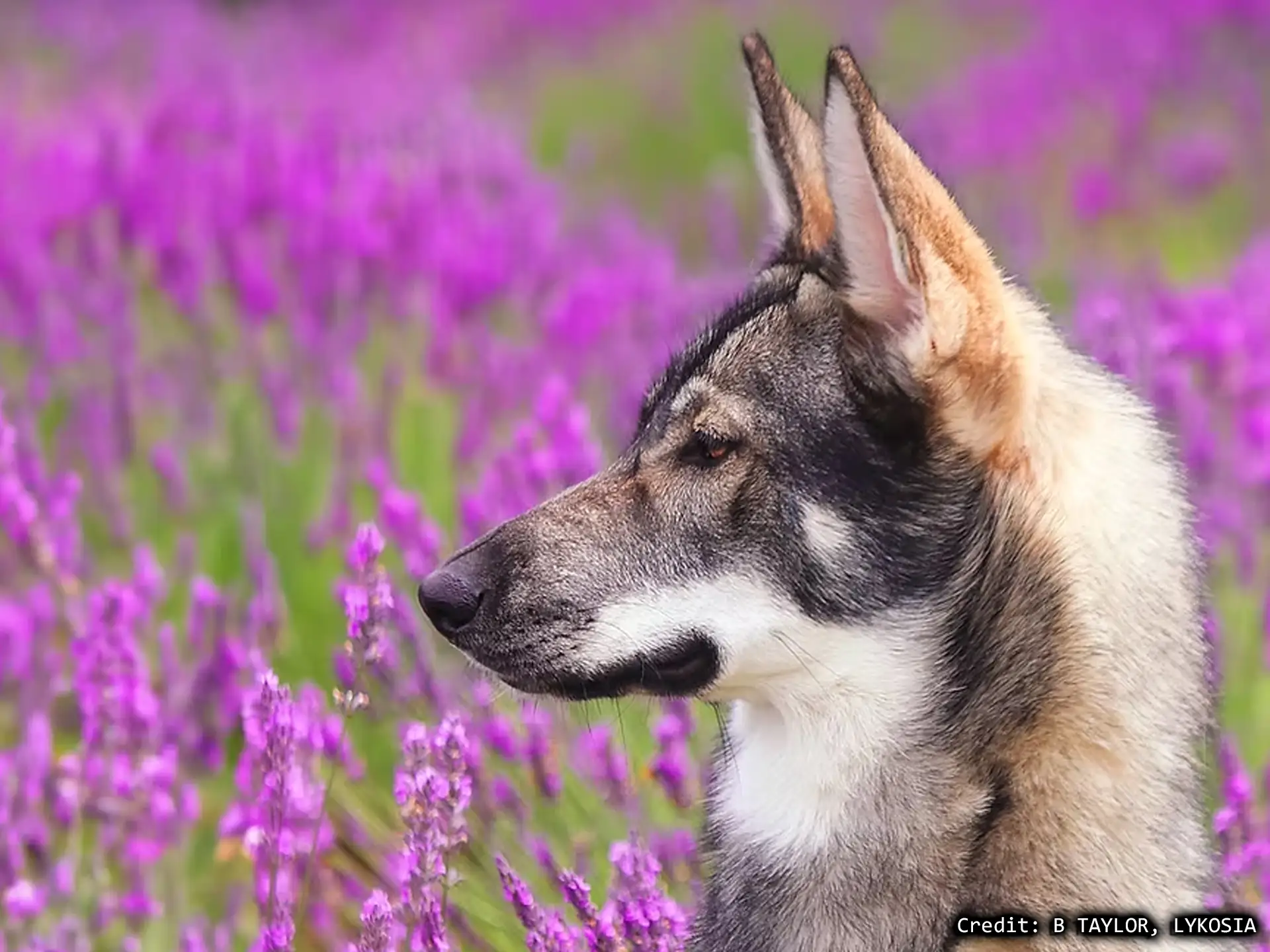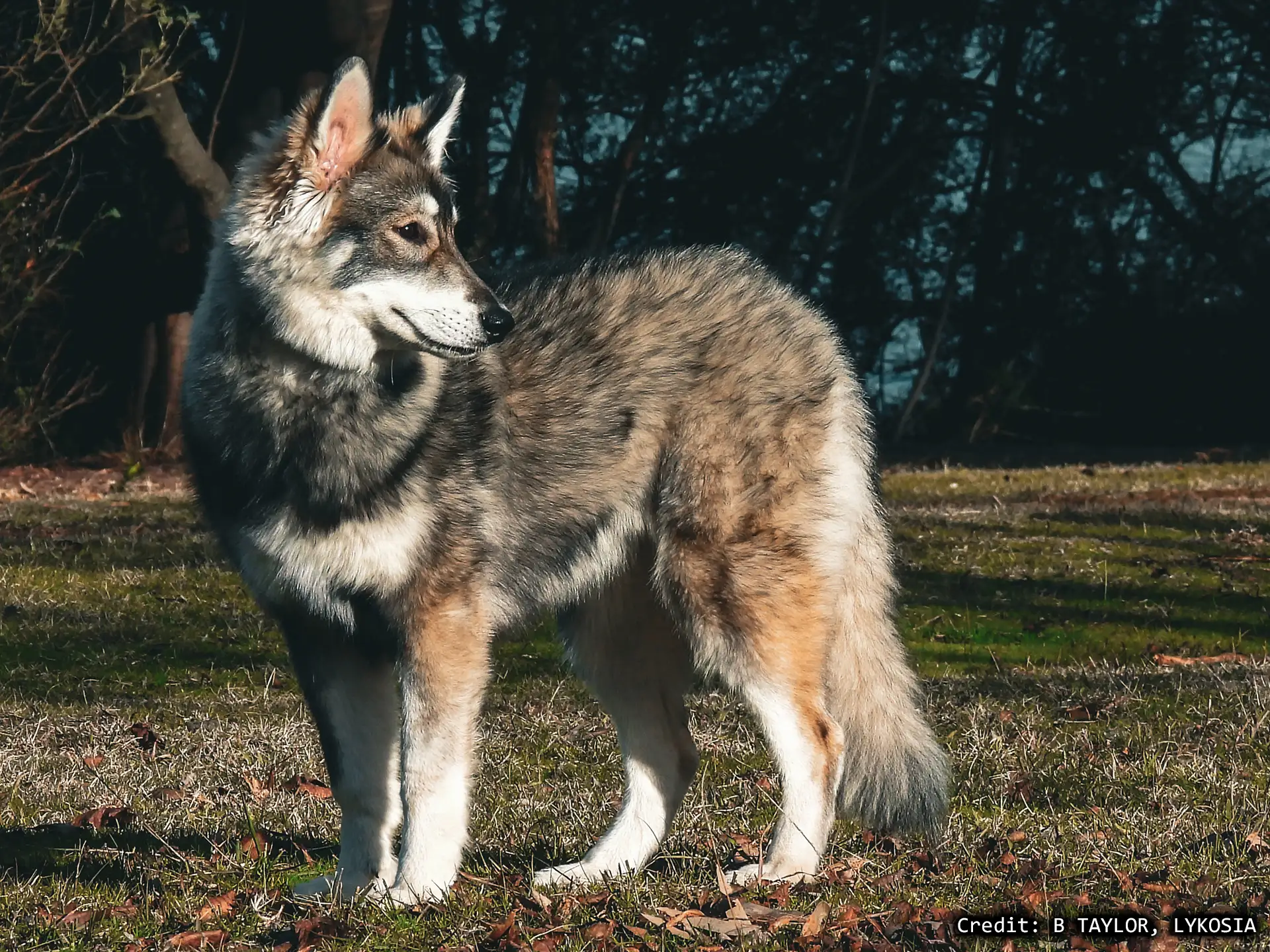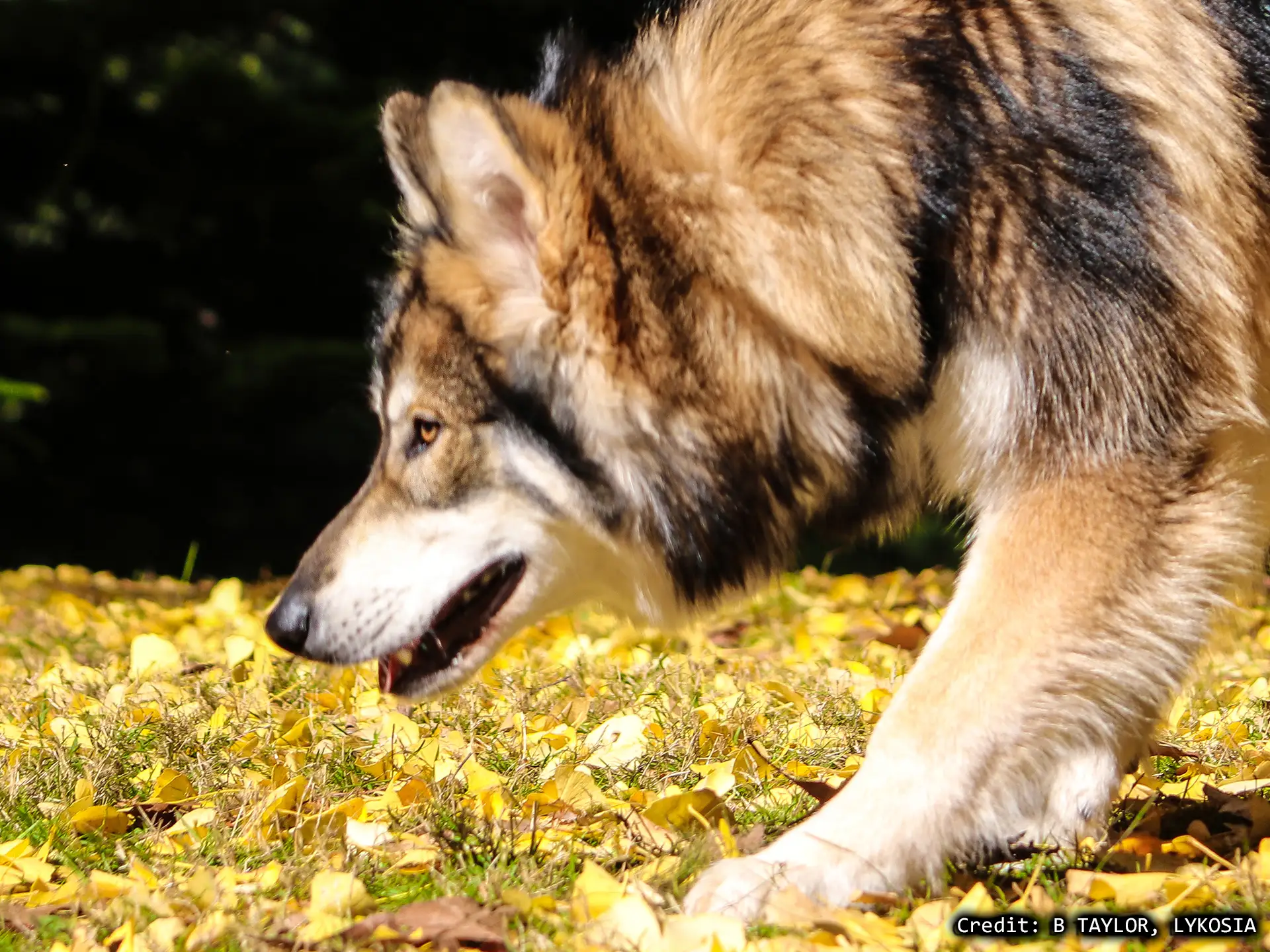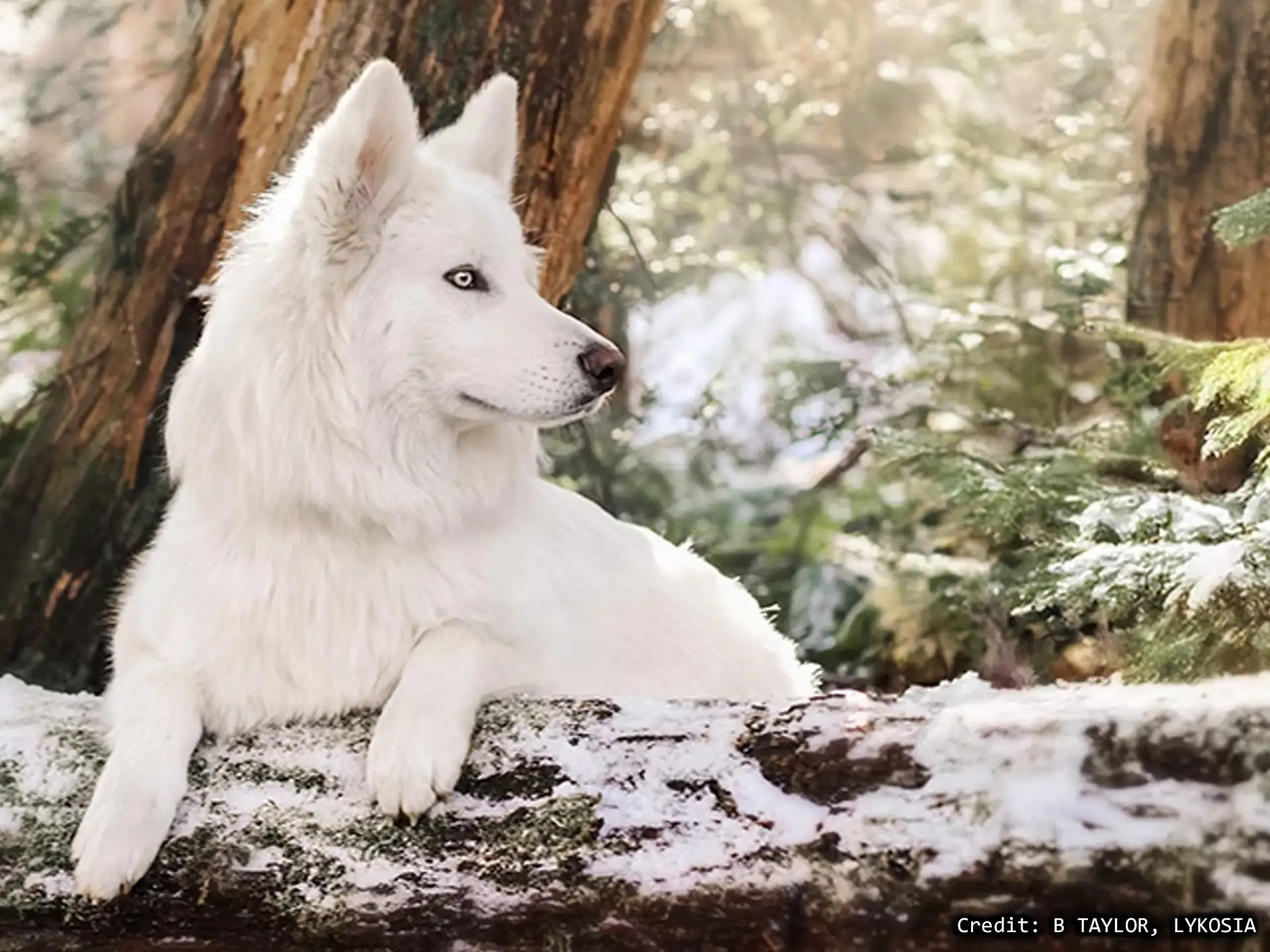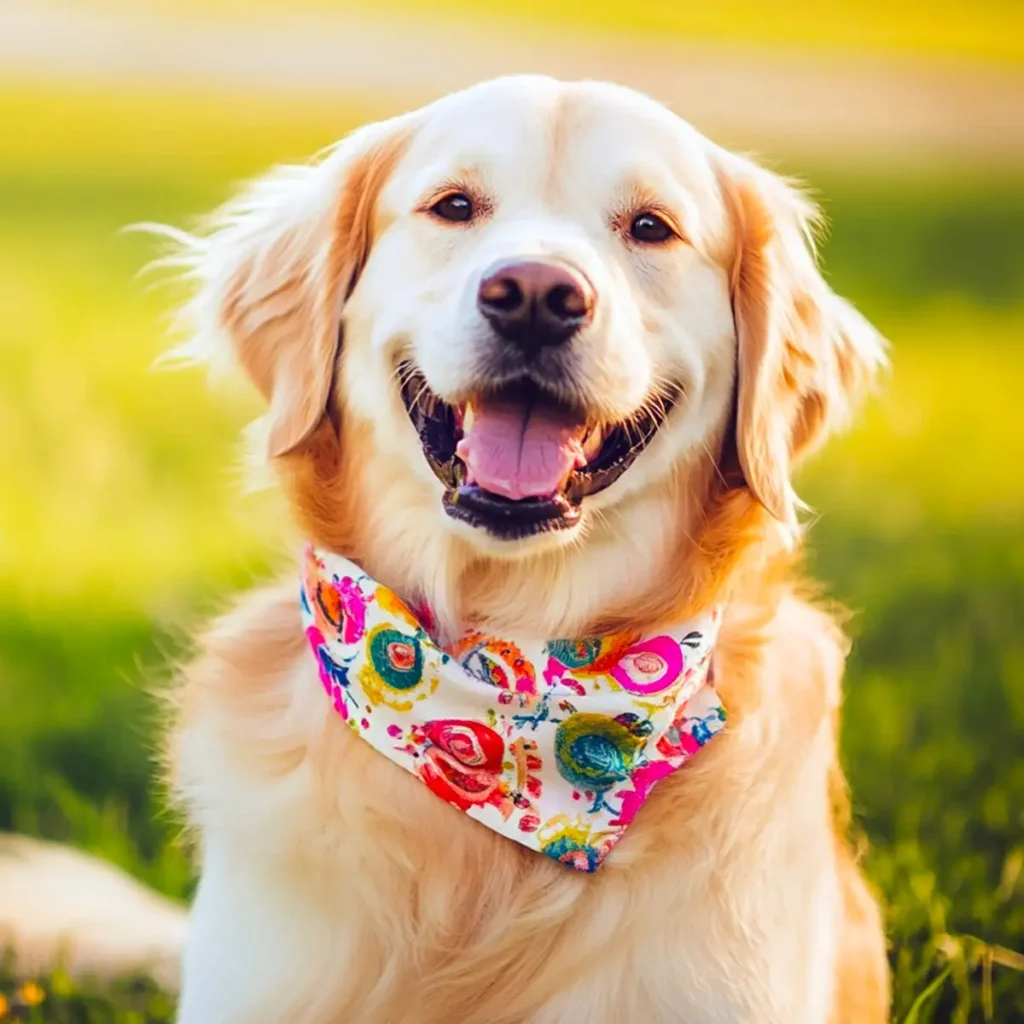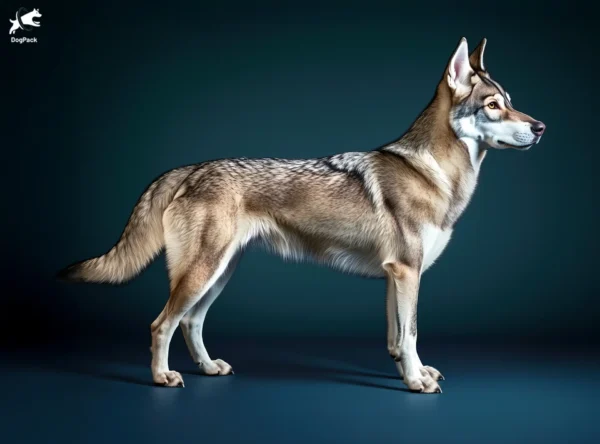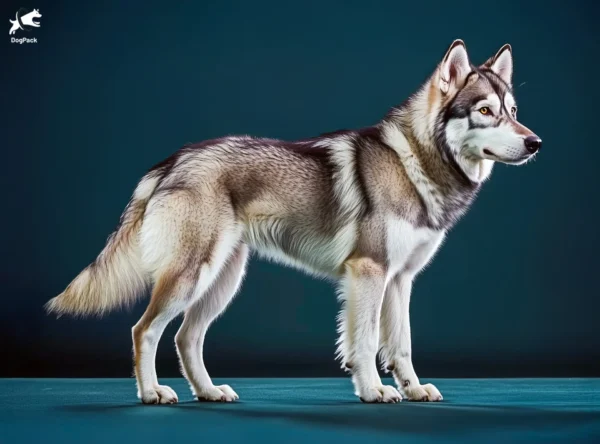Lykos Wolfalike Dog Breed Info & Overview
Meet the Lykos Wolfalike—a striking, rare canine with a wolfish look yet a surprisingly gentle disposition. Developed to capture the essence of the wild, this dog merges unique ancestry with a loyal and affectionate nature. If you’re seeking a pup that turns heads and steals hearts, the Lykos Wolfalike may be your ultimate companion.
Characteristics
Pictures
Breed History
The Lykos Wolfalike is Australia’s first breed of its kind, founded in 2014. It was created with a vision of careful, selective breeding to develop a healthy, wolfy-looking companion breed that did not contain wolf content. The Breed Standard and breeding guidelines were created at the foundation in 2014, with the first official litter born in 2015.
The first and second litters recorded by Lykosia produced dogs that were used in commercials, as well as assistance and scent detection dogs.
The word Lykos means wolf in Greek, symbolising the aesthetic goal of the breed. The breed is being established using a mix of domestic dog breeds, carefully selected for health, temperament, and combined wolf-like appearance. Domestic breeds such as the Siberian Husky, Alaskan Malamute, and German Shepherd were the main breeds used in the foundation lines. The result was a striking line of dogs that bore a wolfish look but a distinctly domestic nature.
The Lykos Wolfalike bears a wolfish aesthetic without compromising a friendly, approachable demeanor suitable for modern families. They are available in short- and long-coat varieties.
In essence, these efforts produced a canine that tips its hat to the wild but thrives in a domestic setting. Today, the breed continues to gain popularity among those enchanted by its primal appearance. Despite its youthful status in the canine world, this wolf-inspired dog has quickly earned a loyal following among adventure-loving owners.
Temperament, Personality
Despite its wolf-like appearance, this dog often surprises people with its gentle nature. They’re known to form strong attachments to their families, displaying unwavering loyalty and affection.
Socialization is necessary from a young age to ensure a well-balanced canine companion. They’re quick to pick up on routines, which makes them a surprisingly reliable housemate once they’ve adapted to a structured daily schedule.
Every Lykos Wolfalike has its own unique quirks, but many share a calm, sweet temperament. Strangers might be met with slight suspicion initially, but a friendly introduction goes a long way in building trust. Owners often describe these dogs as independent yet affectionate — a balance that keeps life interesting.
Physical Characteristics
Striking is an understatement when describing this wolfish wonder. With a tall, athletic frame and lean musculature, they move with an effortless grace that’s hard to ignore. Their triangular ears stand alert, capturing every sound, while a bushy tail adds to the wild aura. A confident stance often leads onlookers to mistake them for actual wolf hybrids.
The coat is typically thick, with a dense underlayer that helps insulate them against cold and hot climates. Colors range from all white to a deep charcoal, often exhibiting a unique mask-like pattern on the face. The most common colors are wild agouti and wolf grey. This shading further enhances their wolf-like appeal. Their eyes can be anything from amber to hazel, though occasional blue hues are not unheard of.
Most Lykos Wolfalike dogs measure over 22 inches at the shoulder, with males usually standing taller and heavier than females. Despite their robust silhouette, they maintain a well-proportioned build rather than an overly bulky form. It’s this balanced physique, combined with a striking coat, that captivates fans of wolf-inspired aesthetics.
Health Issues
Like many of the large breeds used in the development of the breed, these dogs can face joint complications, so they are screened by breeders for hip and elbow dysplasia. Hip and elbow screening is undertaken, particularly for breeding stock, to minimize the risk in future generations.
Overall, the Lykos Wolfalike is a robust and healthy breed, with no significant health issues reported in the registered dogs. The breed generally does not suffer from food or environmental allergies, which is supported by feeding a mixed diet of premium-quality kibble with raw feeding — consisting of fresh organ meats, vegetables, and fruit.
Grooming Needs
Those lustrous, wolf-like coats aren’t exactly low-maintenance. Regular brushing is a must to keep shedding under control and remove loose fur, especially with the longer-coated dogs. In peak shedding seasons, baths are encouraged every few months, followed by a blowout with a quality doggy blow dryer. This will save your floors from furry tumbleweeds and help maintain a healthy, shiny coat.
Regular nail trims are essential too, especially as neglecting this can lead to discomfort during movement or even injuries. Ears should be checked for debris, given their upright shape and potential to collect dust during outdoor adventures.
Bathing a Lykos Wolfalike doesn’t have to be a weekly event — once every few months or when they’re notably dirty should suffice. Over-bathing can strip natural oils and dry out the skin.
Exercise Requirements
This dog thrives on weekly adventures that challenge both body and mind. On-leash walks around the block won’t cut it — they crave off-leash runs and outings like hikes, jogs, or interactive play sessions. Their inquisitive nature makes them ideal candidates for puzzle toys, agility training, or even scent-based tasks to keep their brains engaged.
Due to their size and fast growth, it’s important that puppies are not over-exercised during puppyhood. It’s recommended to go on long walks and on-leash jogs with your Lykos when it’s over 12 months old. Over-exercising puppies can lead to joint problems later in life.
Lack of proper exercise and mental stimulation can result in unwanted behaviors, such as digging or chewing. Providing physical activity split into multiple sessions helps them channel their energy constructively. These activities can strengthen the bond with their humans and reduce the likelihood of your shoes turning into chew toys.
For a Lykos Wolfalike, off-leash exercise can be incredibly beneficial, allowing them to stretch their legs without wandering off. Remember, their curiosity and noses can sometimes lead them astray if they catch an intriguing scent. Structured, consistent exercise and obedience training ensures a happy, well-adjusted companion.
Training Tips
Because of their intelligence, incorporating regular training with these dogs requires patience and persistence. Positive reinforcement, coupled with clear, consistent boundaries, lays a strong foundation for good behavior. Short, engaging training sessions often yield better results than marathon drills that might bore them.
They excel when tasks have a purpose, so introducing nose work or search-and-find games can keep them mentally stimulated. Early socialization is pivotal too, helping them interact confidently with other dogs, household pets, and visitors. Offering high-value treat-based rewards along with verbal praise helps reinforce desired behaviors more effectively than punitive measures.
Most Lykos Wolfalike owners report success when they start consistent training routines from puppyhood, cementing good manners before bad habits can form.
Nutrition, Diet
Fueling an active dog that can weigh up to 88 pounds means focusing on high-quality, protein-rich diets. Many owners opt for a mix of premium kibble, fresh meat sources, fruit, and vegetables, ensuring balanced vitamins and minerals.
Because this breed is prone to rapid growth during puppyhood, controlling calorie intake is crucial to prevent joint stress. Supplements like glucosamine and chondroitin can support developing bones. Some owners swear by a partially raw regimen to maintain lean muscle mass, though any diet changes should be discussed with a veterinarian to prevent deficiencies or digestive issues.
Owners of the Lykos Wolfalike also report success with rotational diets, alternating proteins like chicken, beef, and fish. Monitoring body condition rather than just relying on measurements is key, since each dog’s metabolism varies. Always provide fresh water, especially after vigorous exercise sessions, and keep an eye on portion sizes to avoid unnecessary weight gain.
Adoption, Breeders
Official registered breeders are listed on the Lykos Wolfalike Council of Australia website. Prospective owners should conduct thorough research, ask for health clearances and pedigree information, and request a visit to meet the puppies and parent dogs. Transparent breeders will openly discuss potential health concerns, training expectations, and the temperament of their breeding lines.
Patience is key, as waiting lists can be long, reflecting the high demand and limited supply for such a distinctive companion.
For more details on breeders, check the Lykos Wolfalike Council of Australia. Breeders prioritize matching dogs with suitable families, ensuring the transition is smooth.
The Lykos Wolfalike Council of Australia holds regular events and pack walks for members (mainly in Melbourne and surrounding suburbs).
Family Pet?
This wolfish-looking friend can be an excellent addition to homes that enjoy an active lifestyle. They’re typically gentle around children, though supervision is vital due to their size. Boundless curiosity means they’ll quickly join family games — whether that’s tag in the backyard or a lazy Sunday cuddle session on the couch.
Because they thrive on interaction, they appreciate being included in daily routines. If left isolated for too long, they might resort to mischief or become anxious. Introductions to smaller pets should be managed carefully, given their moderate levels of prey drive. However, many settle harmoniously with feline roommates when raised together from a young age.
If raised and acclimated early in puppyhood with livestock — combined with clear boundaries and supervision — they can also be a good choice for rural owners.
In general, the Lykos Wolfalike excels in families that are willing to invest time in training activities, mental stimulation, and off-leash exercise. They form close bonds and reward consistent care with steadfast loyalty. Their eagerness to participate in family adventures makes them a favorite among those who crave an outdoorsy companion with a dash of wild style.
Right For You?
Anyone considering this rare breed should first consider the time and energy requirements. These dogs flourish under confident leadership and need regular physical and mental challenges. If your idea of fun is long hikes or adventurous road trips, you’ll likely find a perfect partner. But if your daily schedule leaves little room for canine engagement, this may not be the right breed for you.
They’re not the best fit for novice dog owners who might underestimate the training effort. A bored or under-exercised dog can quickly become destructive, giving new owners more than they bargained for. However, for those willing to invest in consistent guidance, socialization, and play, the payoff is a deeply loyal companion that revels in shared experiences.
Ultimately, a Lykos Wolfalike is ideal for individuals or families with an active routine and a passion for unique-looking breeds. If you’re ready to commit to ongoing exercise, structured training, and a bit of extra grooming, you’ll be rewarded with a devoted friend who’s always up for adventure. Mature dogs can be great as laid-back lap dogs, depending on the individual temperament of the dog and the bloodlines behind them.
Conclusion
Lykos Wolfalike dogs aren’t for everyone, but for those who embrace their spirited energy and wolfish charm, the rewards can be incredible. Whether you’re hiking scenic trails or settling in for a cozy movie night, this breed is happiest when by your side, sharing in your day-to-day life. Their intelligence and curious nature demand consistent engagement, yet the loyalty they offer in return is unmatched. If you’re searching for an eye-catching companion with a hint of the wild, consider opening your heart and home to one of these rare canines. Just be prepared to put in the time and effort to keep them healthy, stimulated, and truly thriving. In the end, you’ll gain not just a pet, but a loyal friend for life.
FAQs
-
Is the Lykos Wolfalike a wolf hybrid?
No, the Lykos Wolfalike is not a wolf hybrid. It’s a domestic dog breed selectively bred to look like a wolf while maintaining a stable, trainable temperament. Unlike hybrid breeds, it contains no recent wolf DNA and is suitable for modern family life.
-
How does the Lykos Wolfalike differ from a Tamaskan or Utonagan?
The Lykos Wolfalike is smaller and more agile than Tamaskans or Utonagans. It has a unique coat texture and colors like sable or agouti. Breeding focuses on health, temperament, and versatility rather than just size or extreme wolf-like looks.
-
What makes the Lykos Wolfalike’s coat unique?
The Lykos Wolfalike has a grizzled, double coat that’s thick, weather-resistant, and visually striking. This textured coat gives the breed a rugged, primitive appearance, helping it stand out from other wolf-lookalike breeds while protecting it in all climates.
-
Are Lykos Wolfalikes independent dogs?
Yes, Lykos Wolfalikes are independent and intelligent. They need consistent training, mental challenges, and socialization to prevent aloof or stubborn behavior. With the right guidance, they become loyal, affectionate companionsdeeply bonded to their families.
-
What kind of lifestyle suits a Lykos Wolfalike best?
The Lykos Wolfalike thrives in active homes where daily outdoor time is part of the routine. They’re ideal for owners who enjoy hiking, running, and training, and are best suited to experienced dog owners who can provide structure and ongoing engagement.
Breed Ratings
Smart and quick to learn, especially with positive reinforcement.
Loves interactive games and family fun, though can be slightly reserved around strangers until comfortable.
Thrives on long hikes, and getting out and about. Without proper outlets, restlessness and mischief ensue.
Moderate shedding year-round, with heavier blowouts twice a year. Routine grooming helps manage loose fur and keep the coat healthy.
Strong interest in small animals, especially if not socialized early.
Dense coat requires regular upkeep and occasional professional grooming. Neglect can lead to matting and uncomfortable skin irritations for the long coat variety.
Bright but independent, responds best to consistent, rewards-based methods. Patience and positivity ensure steady training progress.
Some dislikes long periods of isolation and may become anxious or destructive if left alone for extended hours.
Not usually vocal, but some may howl if they hear a siren.
Not a drooly breed, though some individuals may salivate a little during feeding or intense exercise.
Generally gets along with other canines if socialized early and introduced properly. Desexed dogs are more easy going.
Robust overall with little reported health issues. Routine vet checkups and preventive care keep them in prime shape.

